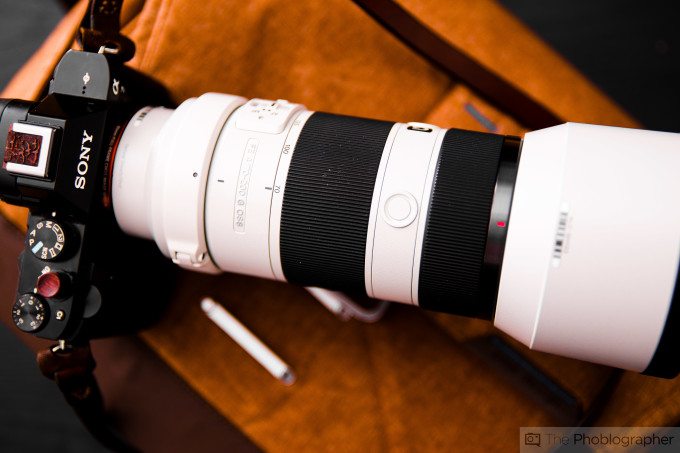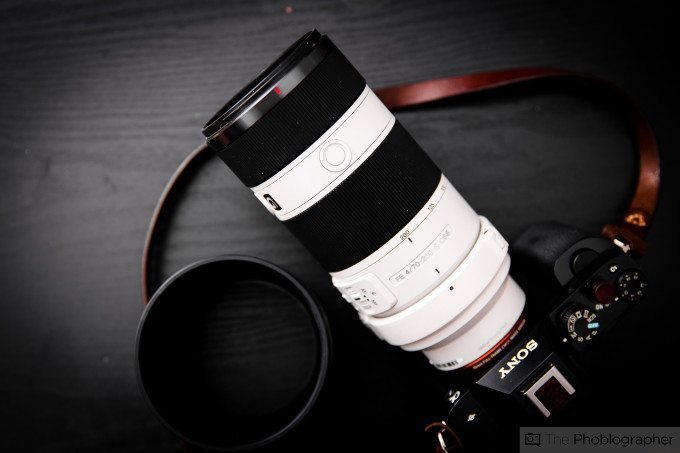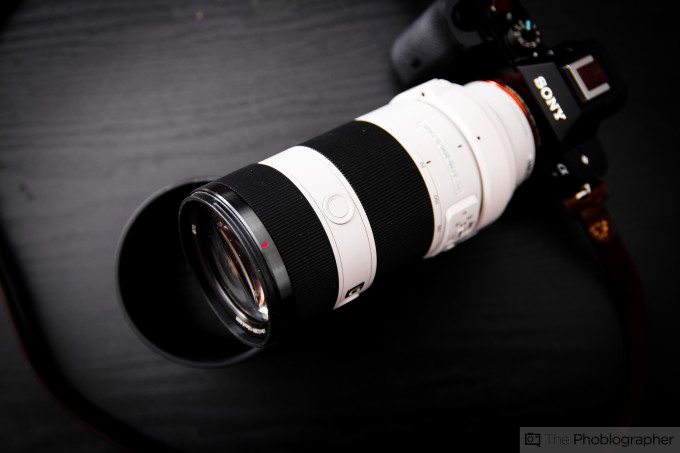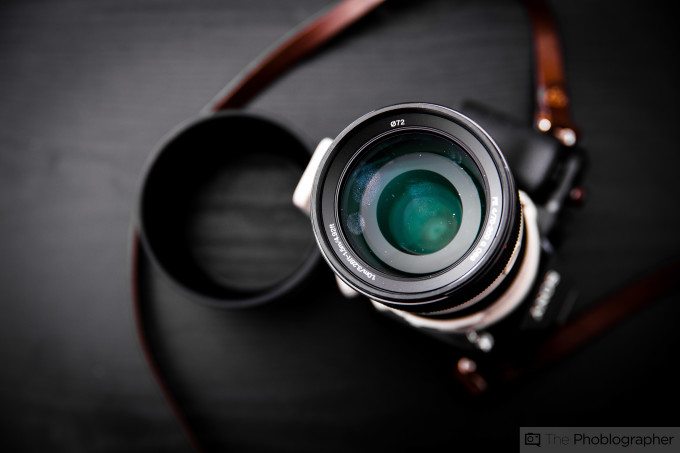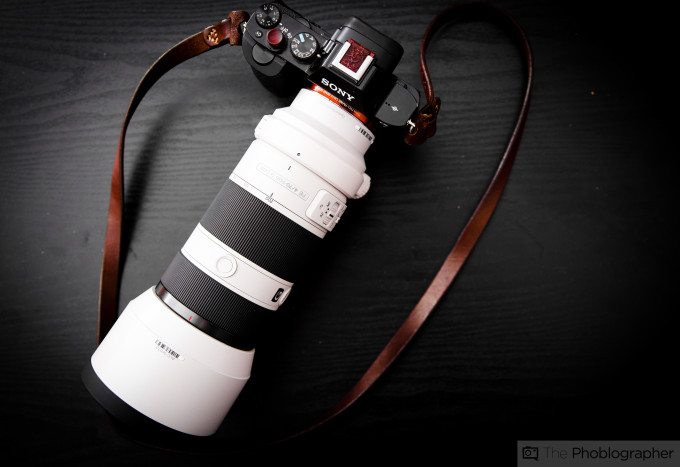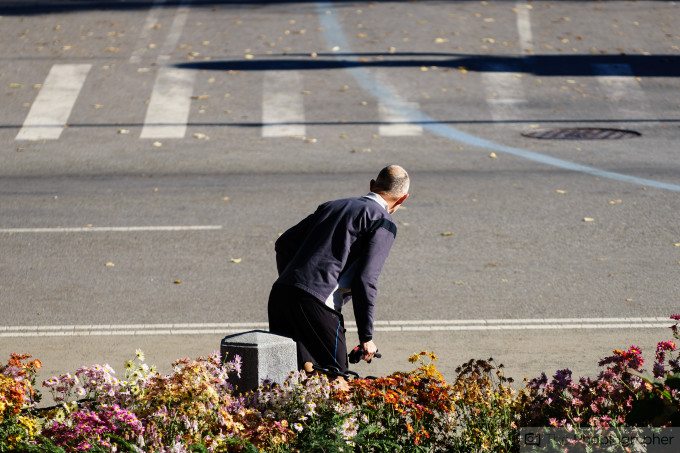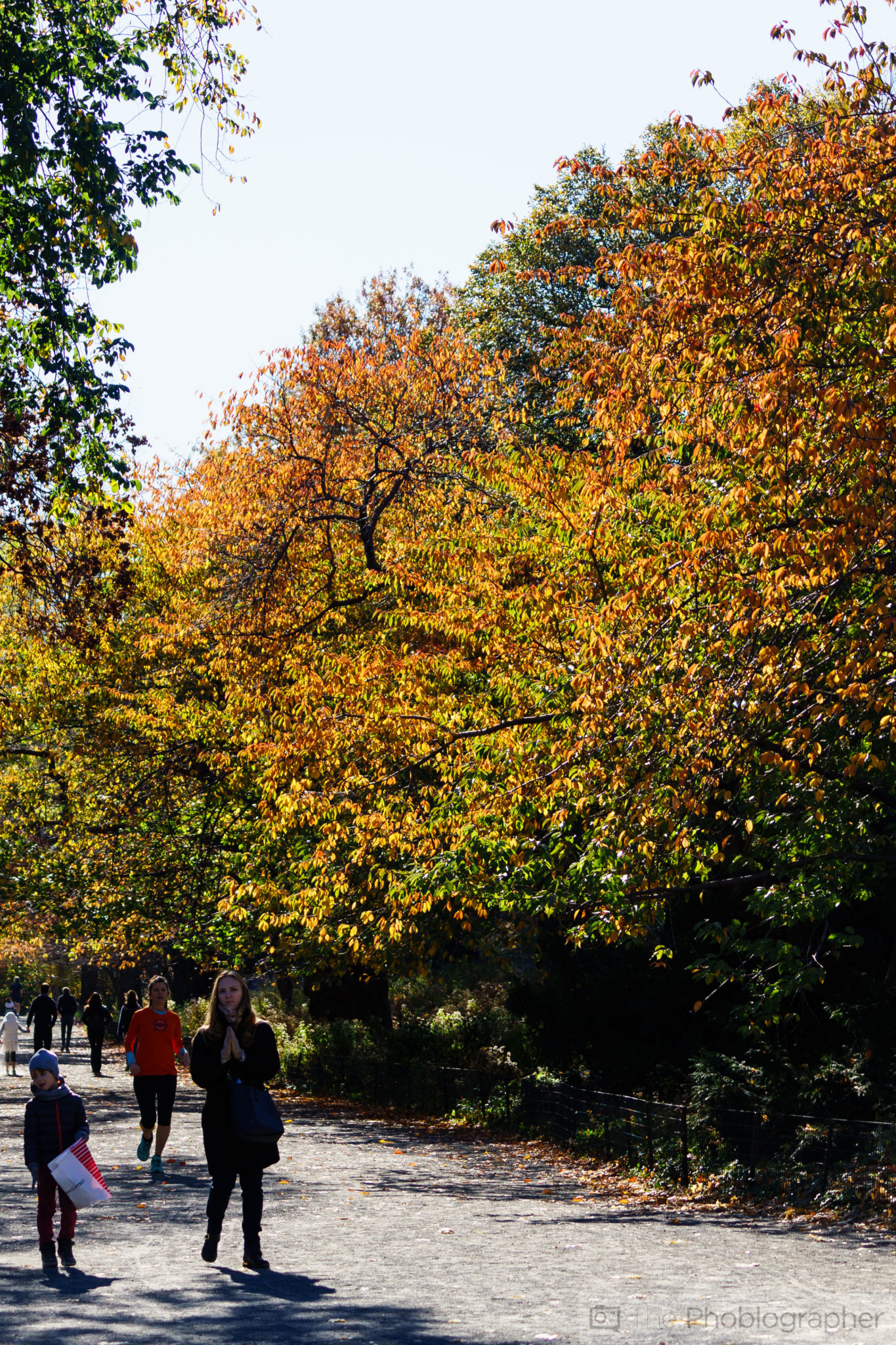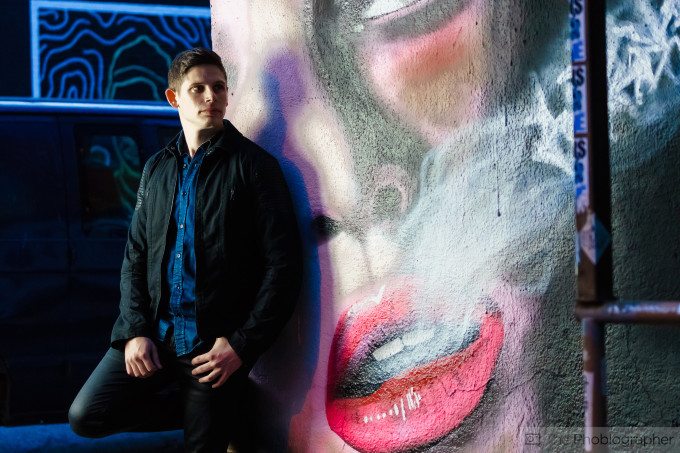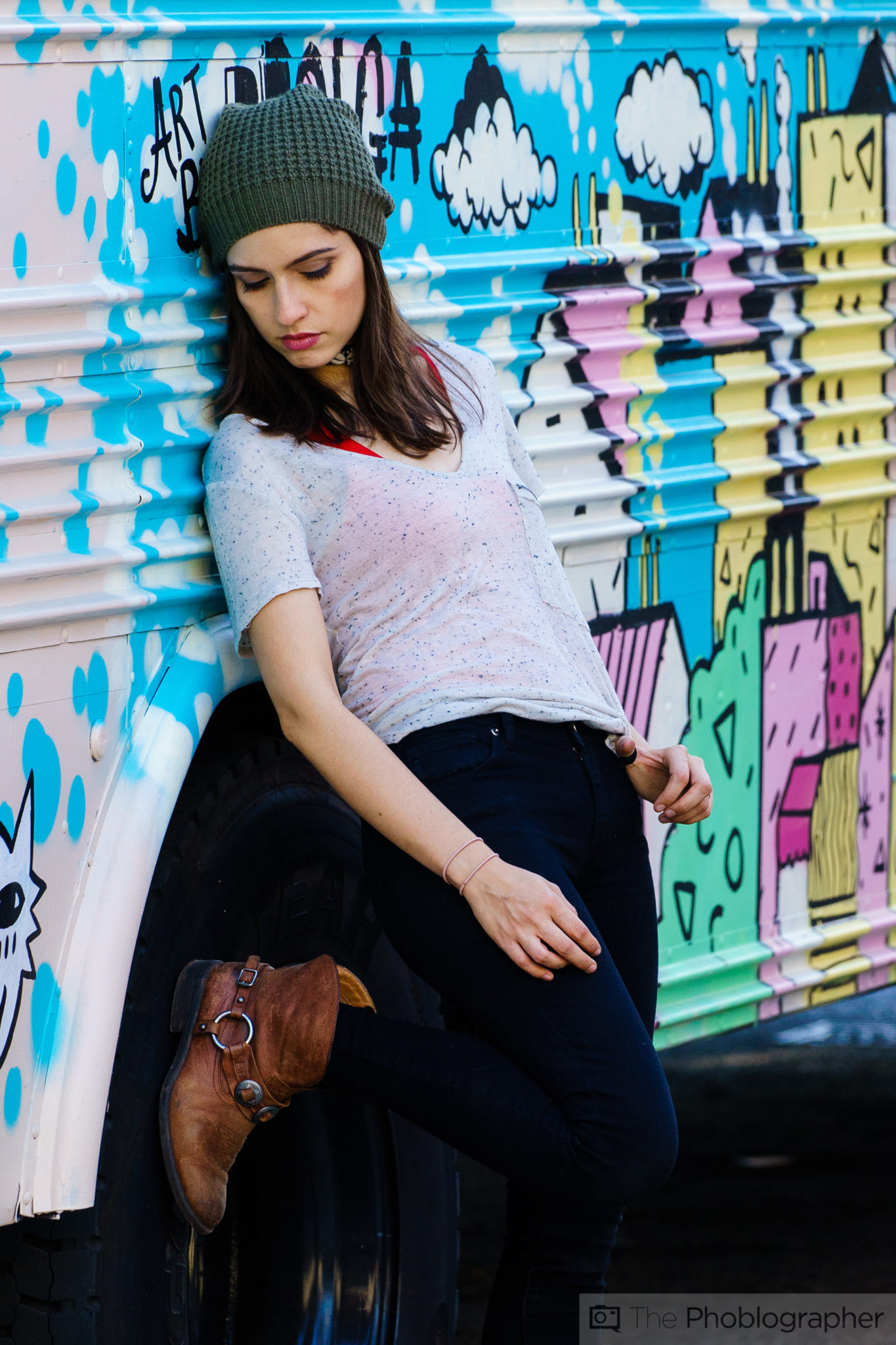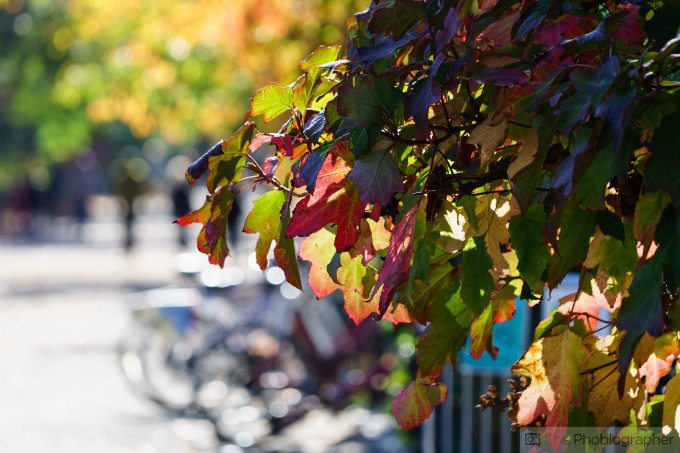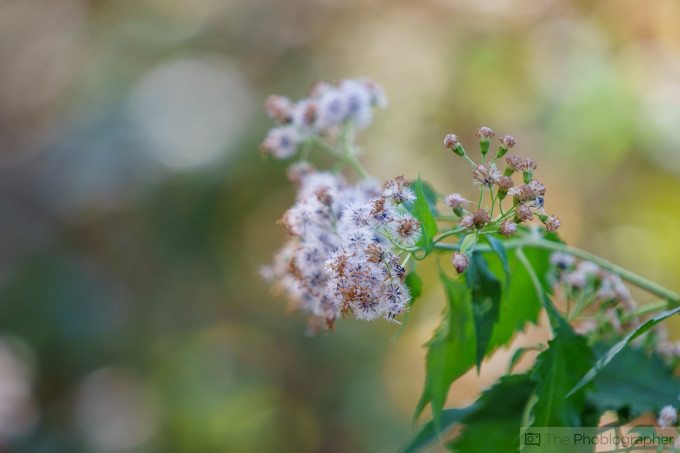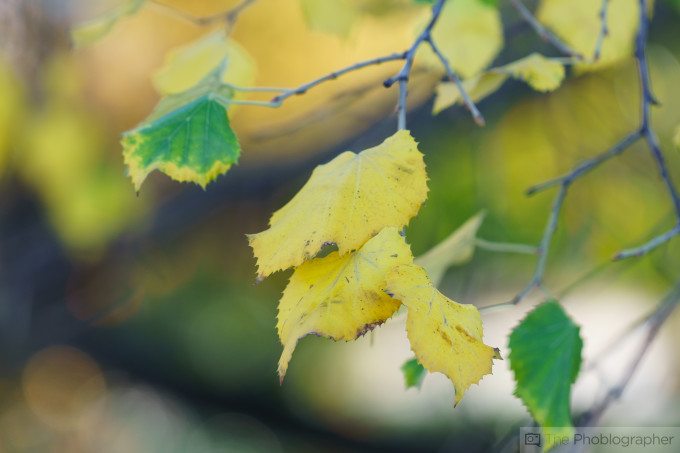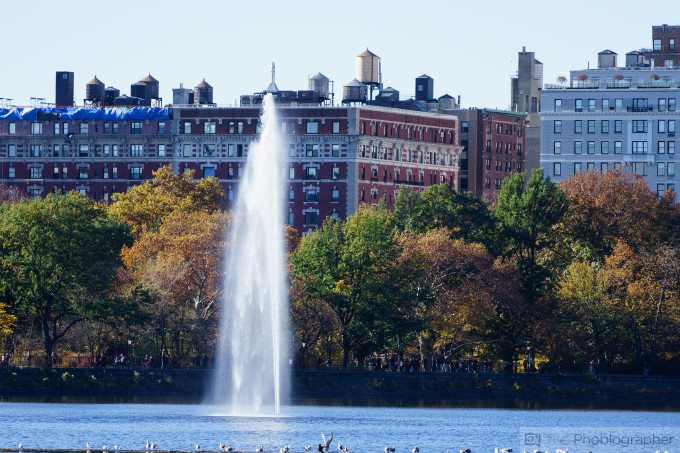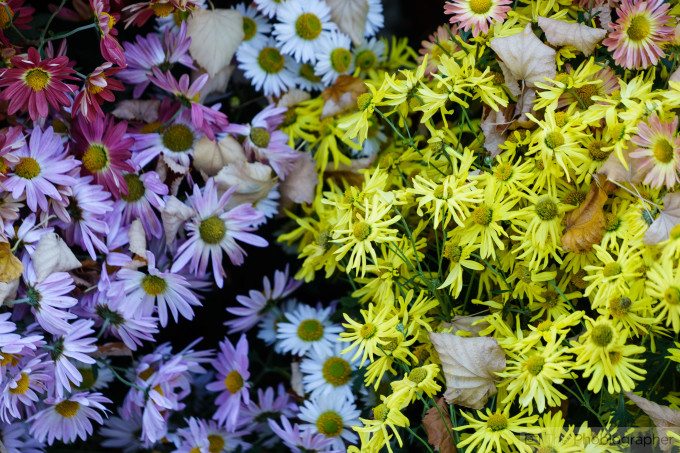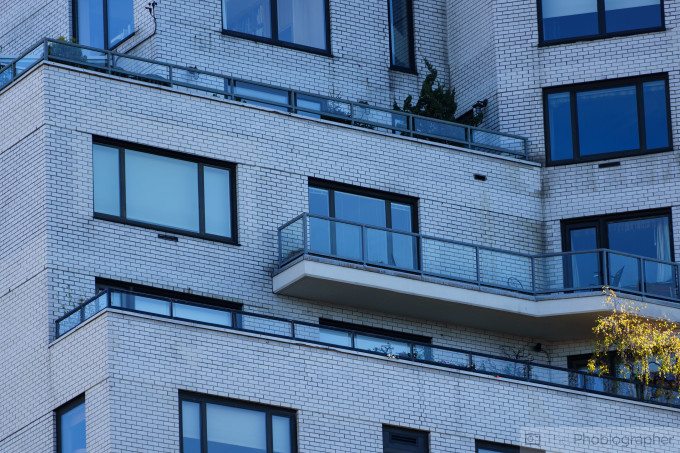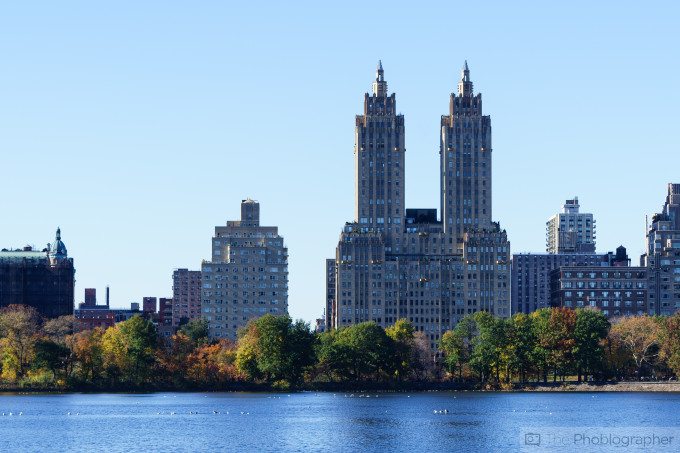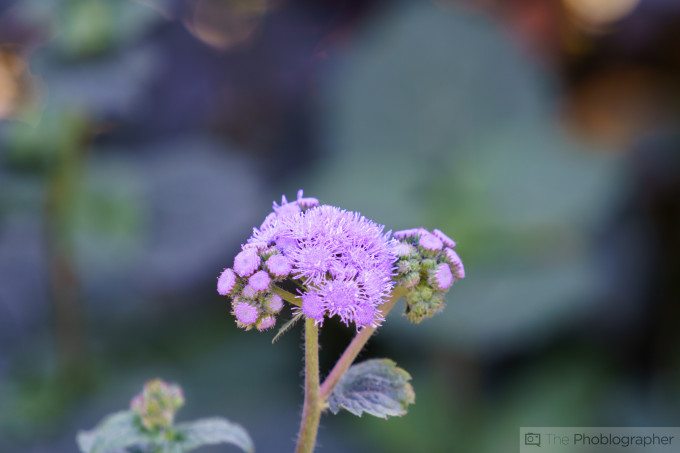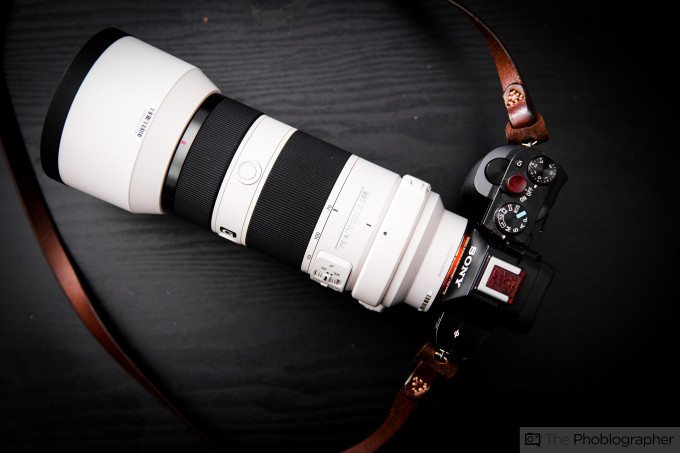Last Updated on 11/12/2015 by Chris Gampat
The Sony 70-200mm f4 OSS is one of the first lenses that was announced with the arrival of the Sony A7 series of cameras a couple of years back. Though photographers still request an f2.8 version up to the publication of this review, this lens is an excellent one considering that you often don’t need to worry too much about cranking up the ISO settings into the nuclear levels with Sony’s newest cameras.
But if you want the really shallow depth of field at the wider end, you probably will end up reaching for something else. Listen closely, portrait shooters!
Pros and Cons

Pros
- Superbly sharp wide open
- Optical stabilization works like a charm even with an older camera body
- Fast focusing abilities, again even with an older camera
- Creamy bokeh, but I personally prefer what a prime lens can do
- Internal zooming
- Fairly compact size
Cons
- Only f4; at the time of publishing this review Sony has yet to offer an f2.8 constant aperture telephoto zoom lens for the FE mount cameras.
Gear Used
The Sony 70-200mm f4 OSS was used with the Sony A7s Mk II, the Sony A7, the Adorama Flashpoint Zoom Li Ion flash, and the Phottix Luna Octa.
Tech Specs
Tech specs taken from the B&H Photo listing of the product for $1,498
| Features | |
|---|---|
| Image Stabilization | Yes |
| Autofocus | Yes |
| Tripod Collar | Yes |
| Physical | |
|---|---|
| Filter Thread | 72 mm |
| Dimensions (DxL) | Approx. 3.15 x 6.89″ (80 x 175 mm) |
| Weight | 29.63 oz (840 g) |
| Packaging Info | |
|---|---|
| Package Weight | 3.1 lb |
| Box Dimensions (LxWxH) | 10.4 x 5.4 x 5.3″ |
Ergonomics
The Sony 70-200mm f4 OSS is built like many similar lenses with lots of controls and as small a size as the company can keep it. On the outside, you’ll spot lots of the white color that is typically associated with Canon lenses. Plus you’ll find a zoom ring and a focusing ring in addition to a tripod collar.
The side of the lens has lots of settings such as OSS, focusing range, and dedicated AF/MF–which typically needs to be controlled through the camera body. When using the lens, these switches tend to stay out of your way, so you don’t need to really worry about them.
The front of the lens has a 72mm filter thread; you know, just in case you want to use a filter of any sort. If you’re shooting video, cinemagraphs, landscapes or something similar, this is what you’ll need.
Build Quality
This lens is billed as being dust and splash resistance, which means that it can take some abuse but it won’t survive a hurricane. Everything about the lens also feels very solid–the buttons, the switches, the body itself, everything is top notch here. What’s really appreciated is the texture of the lens which provides easy gripping even when hands tend to get clammy during long shoots.
On a personal note though, I’m not a fan of white lenses. They scream out: LOOK AT ME!!! However, I understand the technical reasons behind a white lens and heat emission. If this were my personal lens, I’d cover it up in gaffers tape.
Ease of Use
All you need to do is mount this lens onto the camera, zoom, choose a focusing point, shoot and be in awe of your images. Well, that’s kind of a lie, but only a half life. There are loads of switches and buttons on the lens that you’ll need to be conscious of during its use. For that reason, I don’t recommend it for a complete amateur and I think that it will do its best work in the hands of an experienced photographer.
To be fair though, you can expect that of any lens of this caliber.
Autofocus
The Sony A7 (original) is one of the slowest to focus cameras in the A7 lineup from Sony, but with this lens attached it seems to be a speed demon. When using the 70-200mm f4 OSS, I was experiencing near Sony A7r Mk II levels of autofocus speed. It had me believing that I sent Sony my personal A7 back and not the A7r Mk II. But indeed, I had my own camera.
It’s fast. It’s really, really fast–and even faster with the Sony A7s Mk II understandably.
To be specific here, when using the center focusing point, medium point selection or large point selection, the duo are super speedy in their own little collaborative dance. Go down to the smallest focusing point and the speed will diminish, but it still will perform like no real slouch in comparison to other lenses out there.
Image Quality
When it comes to image quality, the Sony 70-200mm f4 OSS lives up to the Sony name and reputation of delivering incredible results. All across the board, you won’t have a major issue with the image quality. This lens renders images to be super sharp; originally I thought that the images weren’t so when viewing them on the back of the A7, but when imported I was completely shocked.
The bokeh? Same thing. And the colors? Yup…it’s all incredible.
Bokeh
You’ll have very little reasons to stop this lens down. Besides the great sharpness that I’m going to get to soon, you’ve got excellent bokeh here where everything is creamy, dreamlike and overall just gorgeous. On a personal note, I prefer the Sony 90mm f2.8 OSS and the Zeiss Batis 85mm f1.8 at the wider end of this lens when we’re talking about bokeh; but that’s because they have faster apertures.
If I had to choose any of those three: it would be Zeiss.
Sharpness
As with any lens, using a flash helps bring out specular highlights and therefore improves the perceived sharpness of a lens. This is no exception, but in truth the lens doesn’t need it at all. It’s such a sharp lens that even when not using a flash, I needed to do lots of retouching to the skin of everyone you see in this review’s portraits.
Indeed, portrait lenses these days are too sharp.
Color Rendition
In my opinion, the best colors for Sony come when you use the Vivid color profile from the camera. The colors that this lens delivers are saturated, punchy and beautiful. When you consider the skin tones though, you may want to mess with the color channels in Adobe Lightroom.
Again, coming back to Zeiss, I believe that the Zeiss Batis 85mm f1.8 renders better color in similar shooting situations.
Color Fringing
Lucky for us Sony A7 camera users, this lens doesn’t exhibit any sort of color fringing. Instead, we can just enjoy the beautiful colors that it delivers.
Extra Image Sample
Conclusions
Likes
- Not a bad size for what this lens is.
- Internal zooming
- Fast autofocus
- Beautiful bokeh
- Super sharp, which is great for sports
Dislikes
- A bit too sharp for portraits.
If you’re a portrait photographer, then I really recommend that you go for one of the portrait primes available for the Sony FE mount. My favorite is the Zeiss Batis 85mm f1.8. But I totally understand that not everyone is a portrait shooter; so for landscapes, sports and general shooting you should know that this is an excellent lens.
In all honesty, you can’t go wrong with purchasing it no matter what you shoot.
The Phoblographer rates the Sony 70-200mm f4 OSS at five out of five stars. Want one? Check the Amazon listing for the latest price.
Recommended Cameras
Sony A7r Mk II: You’ll get the sharpest image quality with this camera.
Sony A7 Mk II: The best general camera in the Sony A7 lineup may benefit the most for general shooting with this lens.


